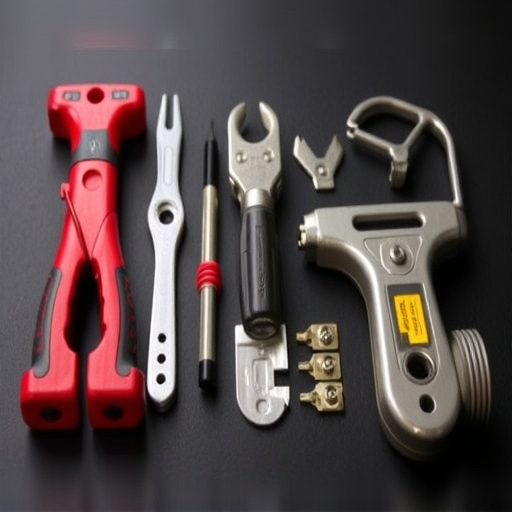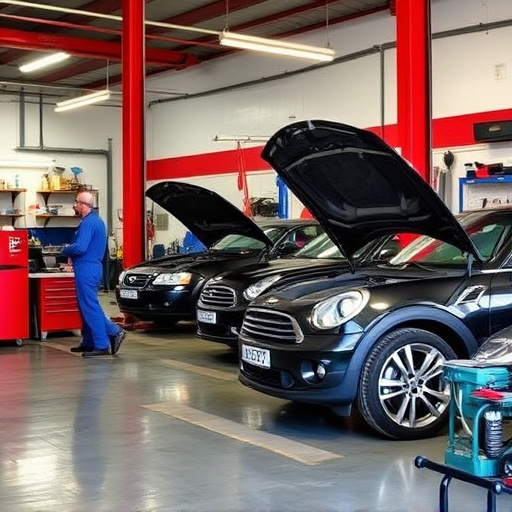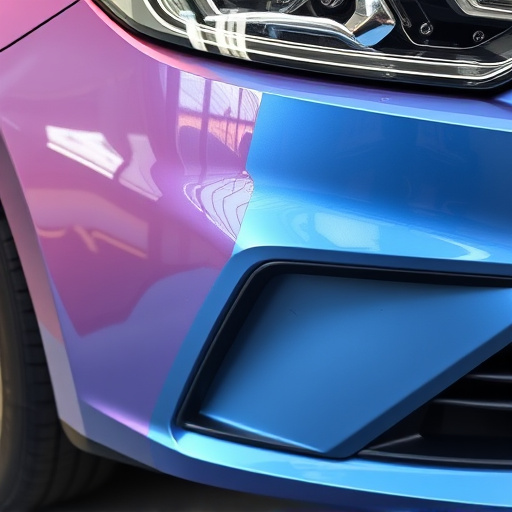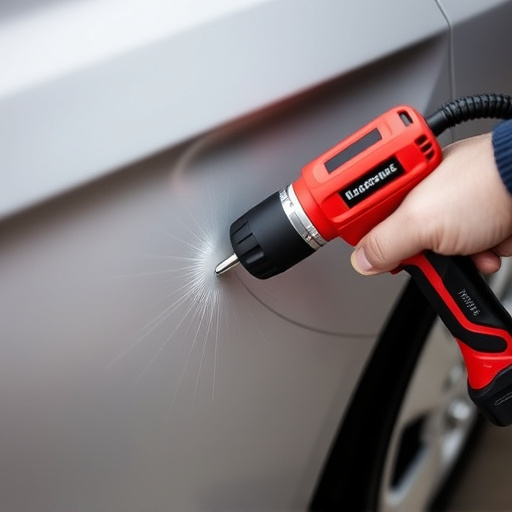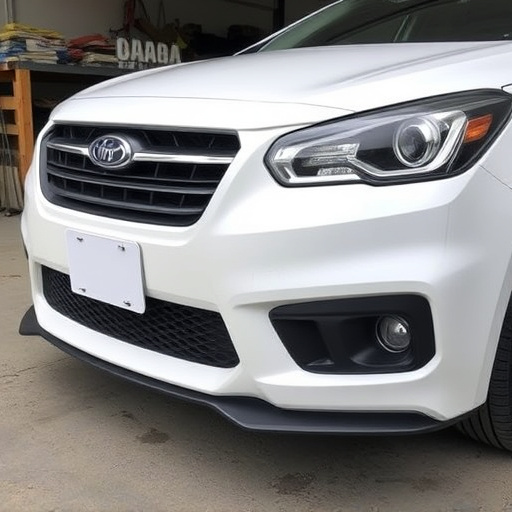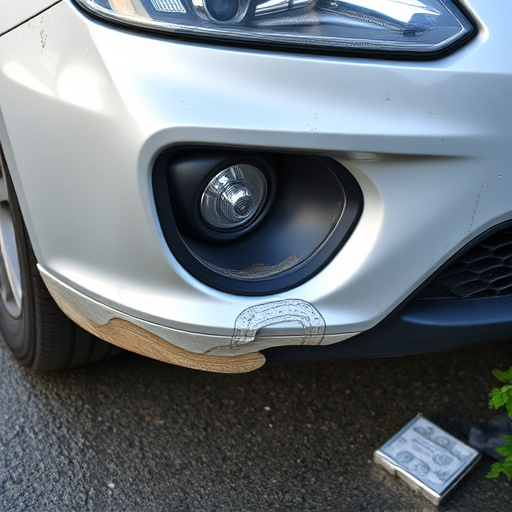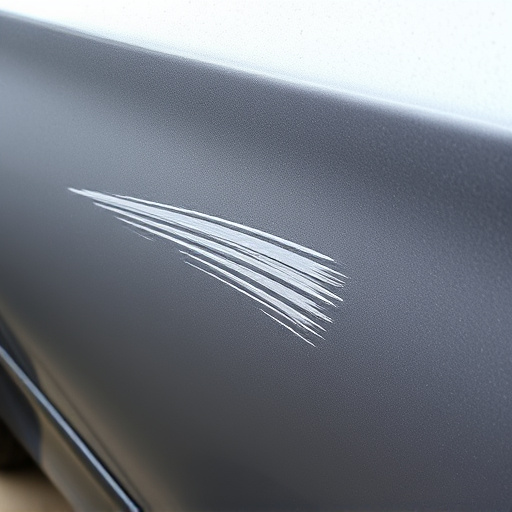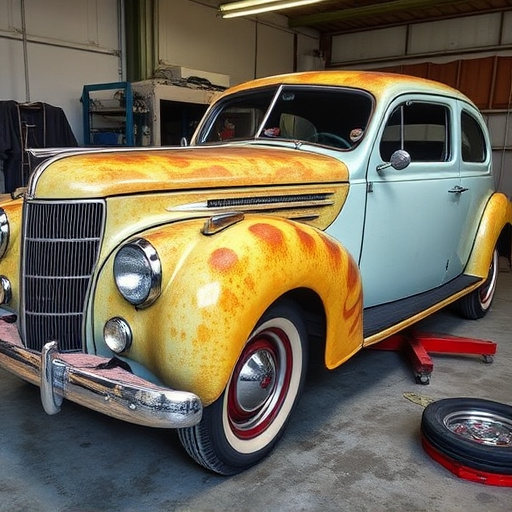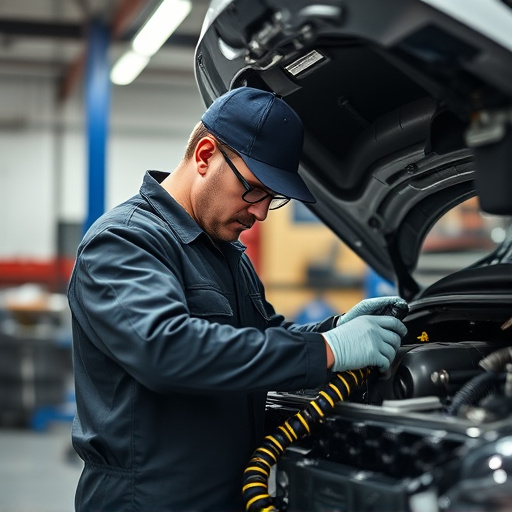Spot welding equipment is a crucial machinery for creating strong, precise metal bonds in automotive manufacturing, restoration, and paint repair. Its high-energy beam fuses metals consistently, maintaining OEM standards and enabling efficient, accurate panel joining. Key components—power sources, electrodes, control systems—work together to ensure robust, reliable bonds essential for vehicle safety and performance, minimizing defects and maximizing structural integrity. Advanced spot welding machines leverage laser or robot control for unwavering accuracy, meeting strict quality standards in fleet repair services and body shops.
Spot welding equipment is a critical component in automotive manufacturing, ensuring structural integrity through precise metal bonding. This article delves into the fundamentals of spot welding, highlighting key components that contribute to its precision and consistency. We explore how modern equipment delivers OEM-level quality, making it an indispensable tool for maintaining high-standard vehicle construction. By understanding these principles, manufacturers can optimize their processes and achieve robust structural integrity.
- Understanding Spot Welding Equipment Basics
- Key Components and Their Functions in Structural Integrity
- Ensuring Precision and Consistency for OEM-Level Quality
Understanding Spot Welding Equipment Basics

Spot welding equipment is a specialized machinery designed to create strong, precise bonds between metal sheets, a process fundamental in automotive manufacturing and beyond. This technique involves concentrating a high-energy beam onto specific points of contact, melting the metals and fusing them together. The key lies in its ability to deliver consistent pressure and heat, ensuring structural integrity across various applications.
In the realm of automotive restoration and car paint repair, spot welding equipment plays a pivotal role in maintaining OEM (Original Equipment Manufacturer) standards. It enables technicians to swiftly and accurately join panels, frames, and components, crucial for restoring vehicles to their original specifications. Moreover, its precision is invaluable in high-volume automotive repair services, where efficiency and consistency are paramount.
Key Components and Their Functions in Structural Integrity

Spot welding equipment is a critical component in ensuring OEM-level structural integrity for vehicles. Its key components play a pivotal role in achieving robust and reliable bonds, which are essential for safety and performance. The primary elements include power sources, electrodes, and control systems. Power sources provide the necessary energy to melt and fuse metal, while electrodes act as conduits, delivering precise heat to the joinery points.
Control systems govern the welding process, adjusting parameters like current, voltage, and pulse duration. These systems ensure consistent and repeatable results, minimizing defects and maximizing strength. Together, these components enable spot welding equipment to deliver high-quality bonds, comparable to those found in original equipment manufacturing (OEM) processes, thereby enhancing the structural integrity of car collision repair and vehicle repair services, and even facilitating efficient car paint repair processes.
Ensuring Precision and Consistency for OEM-Level Quality

Achieving OEM-level structural integrity in automotive manufacturing requires precise and consistent spot welding. Spot welding equipment is designed to deliver just that—unwavering accuracy and uniformity. This ensures that each weld meets strict quality standards, contributing to the overall strength and reliability of vehicle components.
Advanced spot welding machines employ sophisticated technology, such as laser or robot-controlled systems, to maintain consistent parameters throughout the welding process. These systems minimize human error, ensuring every joint is welded with the same high level of precision. This consistency is particularly vital in fleet repair services and body shop services, where maintaining OEM-level quality across numerous vehicles is a key goal for auto repair shops.
Spot welding equipment, with its foundational components like power supplies, pressure sensors, and precise control systems, is instrumental in achieving OEM-level structural integrity. By maintaining consistent and controlled weld parameters, these machines ensure each joint meets stringent quality standards, making them indispensable for industries seeking top-tier assembly solutions. Investing in advanced spot welding technology isn’t just about efficiency; it’s about delivering reliable, durable products that exceed expectations.
